Alberto Carpinteri (Eds.)9780080430225, 0-08-043022-8, 008-041919-4, 008-042268-3, 008-042820-7
The central topic discussed by the committee was that of the minimum reinforcement in concrete members. The minimum amount of reinforcement is defined as that for which “peak load at first concrete cracking” and “ultimate load after steel yielding” are equal. In this way, any brittle behaviour is avoided as well as any localized failure, if the member is not over-reinforced. In other words, there is a reinforcement percentage range, depending on the size-scale, within which the plastic limit analysis may be applied with its static and kinematic theorems.
Carpinteri, Ferro, Bosco and El-Katieb propose a LEFM model, according to which reinforcement reactions are applied directly on the crack surfaces and a compatibility condition is locally imposed on the crack opening displacement in correspondence with the reinforcement. The theoretical model is found to provide a satisfactory estimate of the minimum percentage of reinforcement that depends on the scale and enables the element in flexure to prevent brittle failure.
Table of contents :
Content:
Preface
Pages vii-viii
Alberto Carpinteri
Scale effects and transitional failure phenomena of reinforced concrete beams in flexure Original Research Article
Pages 1-30
A. Carpinteri, G. Ferro, C. Bosco, M. Elkatieb
Fracture mechanical prediction of transitional failure and strength of singly-reinforced beams Original Research Article
Pages 31-66
D. Lange-Kornbak, B.L. Karihaloo
Size effect and bond-slip dependence of lightly reinforced concrete beams Original Research Article
Pages 67-97
G. Ruiz, M. Elices, J. Planas
Behaviour of R/C elements in bending and tension: The problem of minimum reinforcement ratio Original Research Article
Pages 99-125
A.P. Fantilli, D. Ferretti, I. Iori, P. Vallini
Size effects on the bending behaviour of reinforced concrete beams Original Research Article
Pages 127-137
R. Brincker, M.S. Henriksen, F.A. Christensen, G. Heshe
Appendix A: Test programme for bending failure of reinforced concrete beams of different scale Original Research Article
Pages 138-149
M.S. Henriksen, R. Brincker, G. Heshe
Appendix B: Model for single crack extension in lightly reinforced beams Original Research Article
Pages 150-160
F.A. Christensen, R. Brincker
Appendix C: Multiple cracking and rotational capacity of lightly reinforced beams Original Research Article
Pages 161-167
F.A. Christensen, M.S. Henriksen, R. Brincker
Appendix D: Fracture mechanical model for rotational capacity of heavily rein-forced concrete beams Original Research Article
Pages 168-180
M.S. Henriksen
Minimum reinforcement requirement for Rc beams Original Research Article
Pages 181-201
J. Ozbolt, M. Bruckner
Author index
Page 203
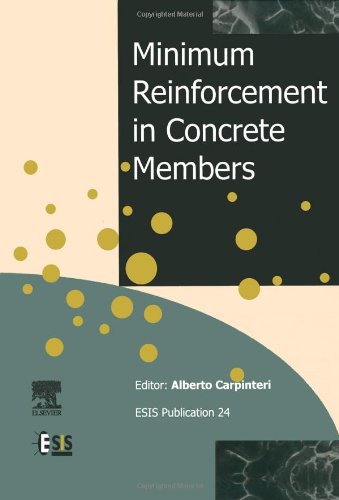
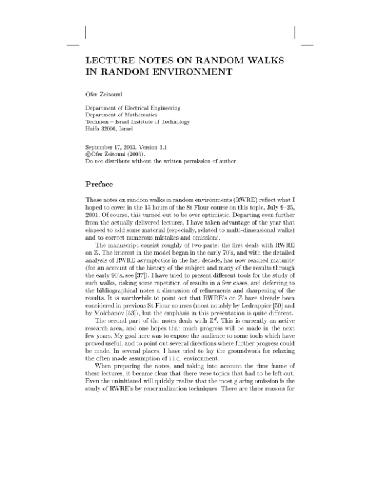
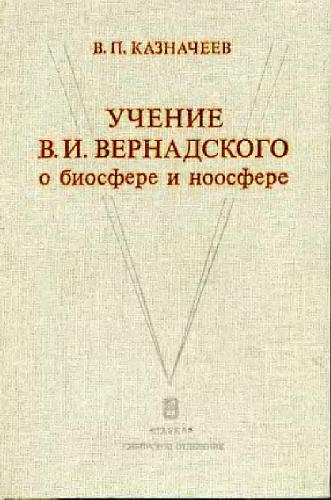
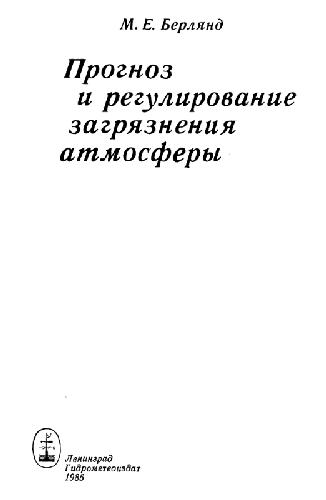
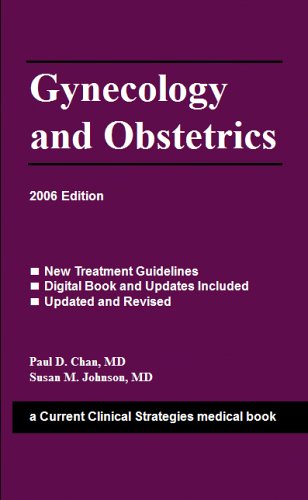

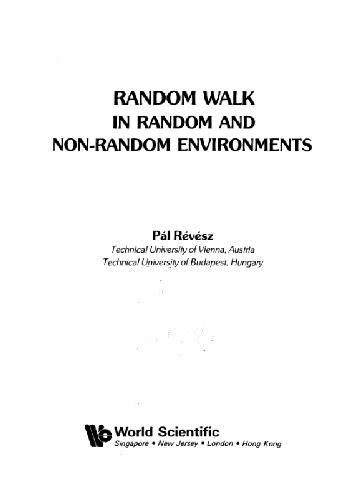
Reviews
There are no reviews yet.